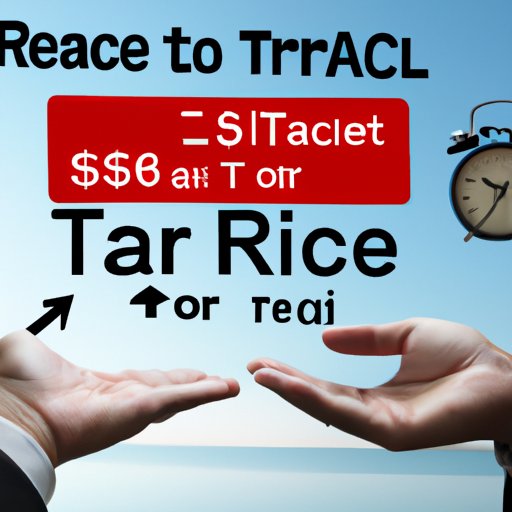Introduction
Paying hourly employees for travel time is an important part of any employer’s compensation package. Travel reimbursement is a type of payment that employers give their employees in return for the cost of transportation, meals, and other expenses incurred while traveling for business purposes. Having a clear travel reimbursement policy in place is essential in order to ensure compliance with applicable laws and regulations.

Establish a Travel Reimbursement Policy
The first step in paying hourly employees for travel time is to establish a travel reimbursement policy. This policy should include details such as how much employees will be paid for travel time, what expenses are eligible for reimbursement, and how to submit a request for reimbursement.
When determining the rate of pay for travel time, employers should consider the amount of time spent travelling, the distance travelled, and the type of work done while travelling. For example, if an employee spends two hours travelling to and from a meeting, they should be compensated for those two hours at their normal hourly rate.
The travel reimbursement policy should also outline what expenses are eligible for reimbursement. This should include things like meals, parking fees, tolls, and other costs associated with the travel. Employers should also provide instructions on how to submit a request for reimbursement, including when and where to submit the request, what documents are required, and what forms of payment are accepted.
Calculate Mileage for Hourly Employees
In addition to paying hourly employees for travel time, employers may also need to calculate mileage reimbursements. It is important to track mileage accurately in order to ensure that employees are reimbursed the correct amount. Employers should use the IRS standard mileage rate when calculating mileage reimbursements. This rate is updated annually and can be found on the IRS website.
When calculating mileage reimbursements, employers should take into account the number of miles travelled, the purpose of the trip, and the date of the trip. They should also factor in any additional expenses incurred, such as tolls or parking fees. The total amount of the reimbursement should be calculated by multiplying the number of miles travelled by the IRS standard mileage rate.

Use Time Tracking Software to Track Travel Time
Using time tracking software is a great way to ensure accuracy when tracking travel time for hourly employees. Time tracking software allows employers to easily monitor and record the hours worked by each employee, including the hours spent travelling. This information can then be used to calculate the amount of time spent travelling and the amount of reimbursement owed.
When selecting time tracking software, employers should look for features such as GPS tracking, automatic time logging, and reporting capabilities. These features will help employers ensure accuracy when tracking travel time and make it easier to generate reports for payroll and reimbursement purposes.

Offer a Set Rate for Travel Time
Another option for employers is to offer a set rate for travel time. This means that employees will receive a fixed amount of money per hour of travel time regardless of the distance travelled or the type of work performed during the travel. This can be beneficial for employers because it eliminates the need to calculate mileage reimbursements and makes it easier to budget for travel costs.
However, there are some drawbacks to offering a set rate for travel time. For one, it can be difficult to determine the appropriate rate for travel time that is fair for both the employer and the employee. Additionally, offering a set rate does not account for additional expenses such as tolls or parking fees, which must be accounted for separately.
Provide an Allotment for Travel Expenses
Finally, employers may want to consider providing an allotment for travel expenses. An expense allowance is an amount of money provided to employees to cover the cost of meals, lodging, and other incidental expenses while travelling for business purposes. This can be beneficial for employers because it helps control costs and ensures that employees have access to necessary funds for their travel expenses.
When deciding on an expense allowance, employers should consider the duration and location of the travel as well as the type of work being done. They should also factor in any additional expenses that may be incurred, such as airfare or rental cars. The amount of the allowance should be enough to cover all of the necessary expenses without going over budget.
Conclusion
Paying hourly employees for travel time is an important part of any employer’s compensation package. Employers should have a clear travel reimbursement policy in place that outlines how much employees will be paid for travel time and what expenses are eligible for reimbursement. Employers should also consider calculating mileage reimbursements, using time tracking software, offering a set rate for travel time, and providing an allotment for travel expenses. By following these guidelines, employers can ensure that their hourly employees are adequately compensated for their travel time.
(Note: Is this article not meeting your expectations? Do you have knowledge or insights to share? Unlock new opportunities and expand your reach by joining our authors team. Click Registration to join us and share your expertise with our readers.)
